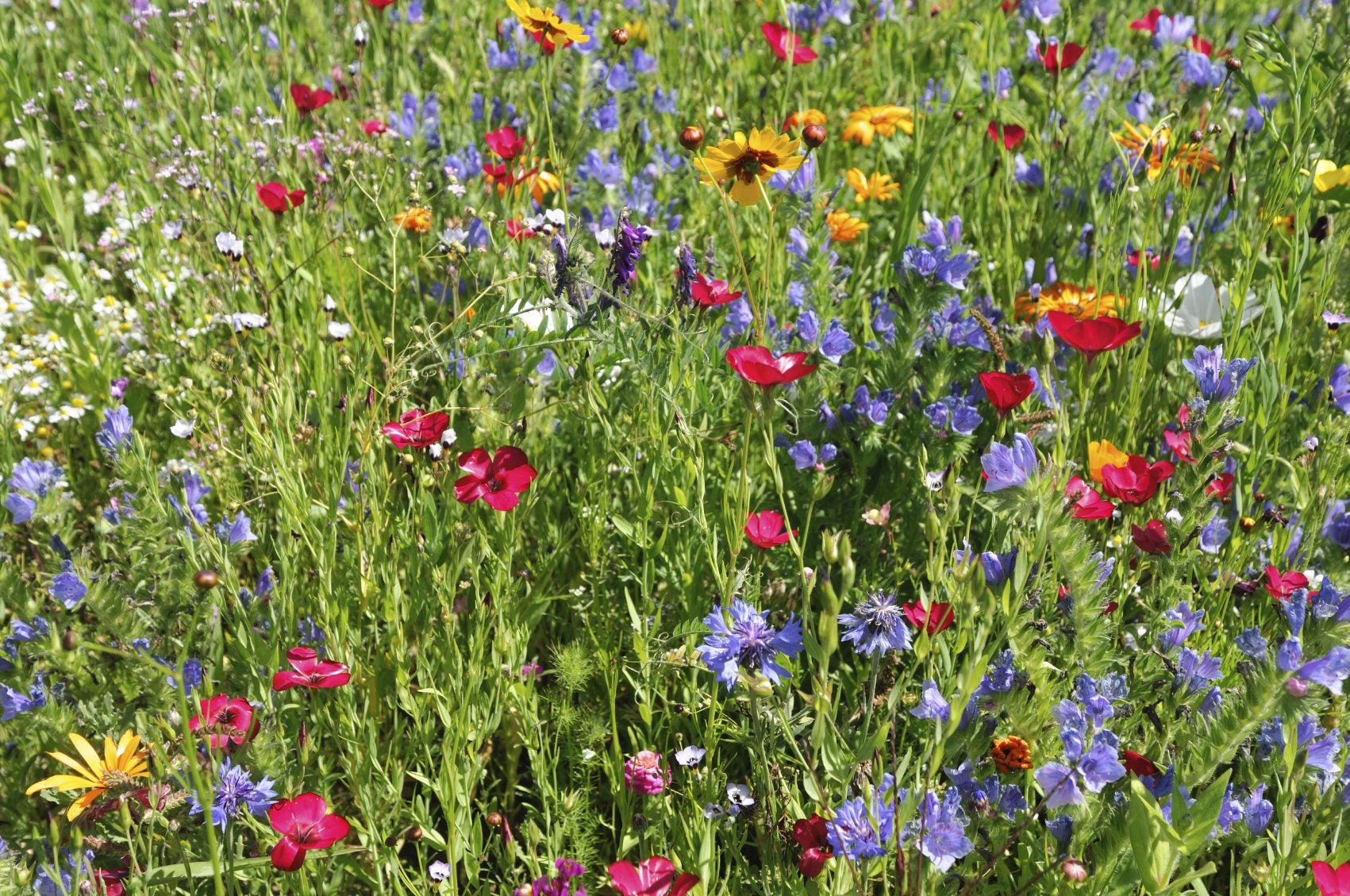Wildflower Meadow Maintenance: Learn About End Of Season Care For Meadows


If you have planted a wildflower meadow, you’re well acquainted with the hard work involved in creating this beautiful natural habitat for bees, butterflies and hummingbirds. The good news is that once you’ve created your wildflower meadow, most of the hard work is finished and you can sit back and enjoy the results of your labor. Once established, maintaining a wildflower meadow requires little maintenance and end of season care for meadows is minimal. Read on to learn more about backyard meadow care.
Maintaining a Wildflower Meadow in Fall
Water the wildflower meadow lightly in late fall. This is also the time to cut any wildflowers you want to dry. Otherwise, wildflower meadow maintenance in fall consists primarily of cleanup. Remove dead stalks and rake plant debris. If you have weeds, such as crabgrass or bindweed, pull the weeds when the soil is moist. Work carefully to avoid disturbing the soil more than necessary. To prevent a healthy weed crop in spring, be sure to pull the weeds before they go to seed. Once you have cleaned up the wildflower meadow and pulled bothersome weeds, continue backyard meadow care by mowing the meadow to about 4 to 6 inches – usually about two weeks after the wildflowers wilt and turn brown. A mowing in fall keeps the garden tidy and promotes reseeding of the desired plants, but be sure not to mow until the plants have gone to seed; otherwise, you’ll remove seedpods and you’ll have sparse wildflower growth in spring. You may need to reseed in spring if you live in a cold climate, but in most climates, wildflowers reseed readily with no assistance. Don’t rake the clippings after you mow unless they are thick; a heavy layer of clippings can block air, moisture and light from reaching new seedlings. If the plants are thick, rake lightly or mow twice to create smaller clippings that decompose rapidly.
Sign up for the Gardening Know How newsletter today and receive a free copy of our e-book "How to Grow Delicious Tomatoes".

A Credentialed Garden Writer, Mary H. Dyer was with Gardening Know How in the very beginning, publishing articles as early as 2007.